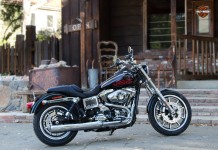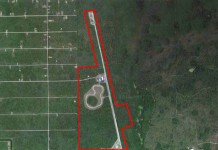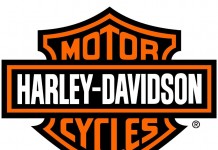After working hard to get the Indian government to reduce import levies on its motorcycles, Harley-Davidson Motor Co. is considering a proposal to assemble its bikes in India instead of importing completely built bikes to take advantage of the lower duties assembled products attract
The motorcycles would continue to be manufactured in the US before being dismantled and shipped to India in completely knocked down (CKD) kits. They would then be put together at a company factory in India before being sent to retailers, according to a person familiar with the plan.
The proposal is still under consideration and it is hard to say what decision the firm will take, said the person, who didn’t want to be named. However, the first lot of motorcycles being shipped to dealers starting April would be imported as completely built up (CBU) units as setting up a factory, albeit just for assembly, could take upwards of a year.
“Our plans for the market are to begin importing a line-up of 12 Harley-Davidson motorcycle models for sale this summer, when our five dealerships open throughout the country.,” said Anoop Prakash, managing director of HarleyDavidson India, in an email reply to questions sent by Mint.
“Harley-Davidson will continue to explore options for the market and lay the appropriate groundwork to grow and develop our business in India. This includes listening to what is important to riders in India and considering all of the opportunities for how to best address the needs of India’s motorcyclists,” he added.
Prakash did not respond specifically to questions on whether the company was considering setting up an assembly unit in India.
The 12 models Harley-Davidson launched for the Indian market earlier this month would retail for Rs6,95,000-34,95,000 as the firm would have to pay around 80% in import duties and other levies. By assembling the bikes in India, the levies could come down to as low as 30%. Other auto firms such as Volkswagen AG’s Audi unit have also adopted this strategy to reduce retail prices. Audi assembles the A4 and A6 models at Skoda Auto’s factory in Aurangabad, Maharashtra.
“With the present duty structure, more companies would look at assembling their cars and motorcycles in India. For Harley-Davidson this would achieve a twin objective. They’d be able to keep their US plants active and reduce prices for Indian consumers,” said Dilip Chenoy, director general of the Society of Indian Automobile Manufacturers.
Dogged by falling sales in its home market, the US-based Harley-Davidson has chalked out aggressive plans for marketing its bikes in developing countries such as India.
The firm’s entry into the Indian market was delayed as India’s ministry of shipping, road transport and highways blocked the entry of Harley-Davidson’s bikes saying the country lacked emission norms for bikes with an engine capacity exceeding 500cc. The government in 2007 agreed to recognize Euro III emission norms for bikes with an engine capacity of 800cc and above, in exchange for the US lifting a ban on Indian mangoes.
Since then several manufacturers such as Honda Motorcycle and Scooters India Pvt. Ltd and Suzuki Motorcycle India Pvt. Ltd have launched high-end bikes in the country that cost upwards of Rs12 lakh.




